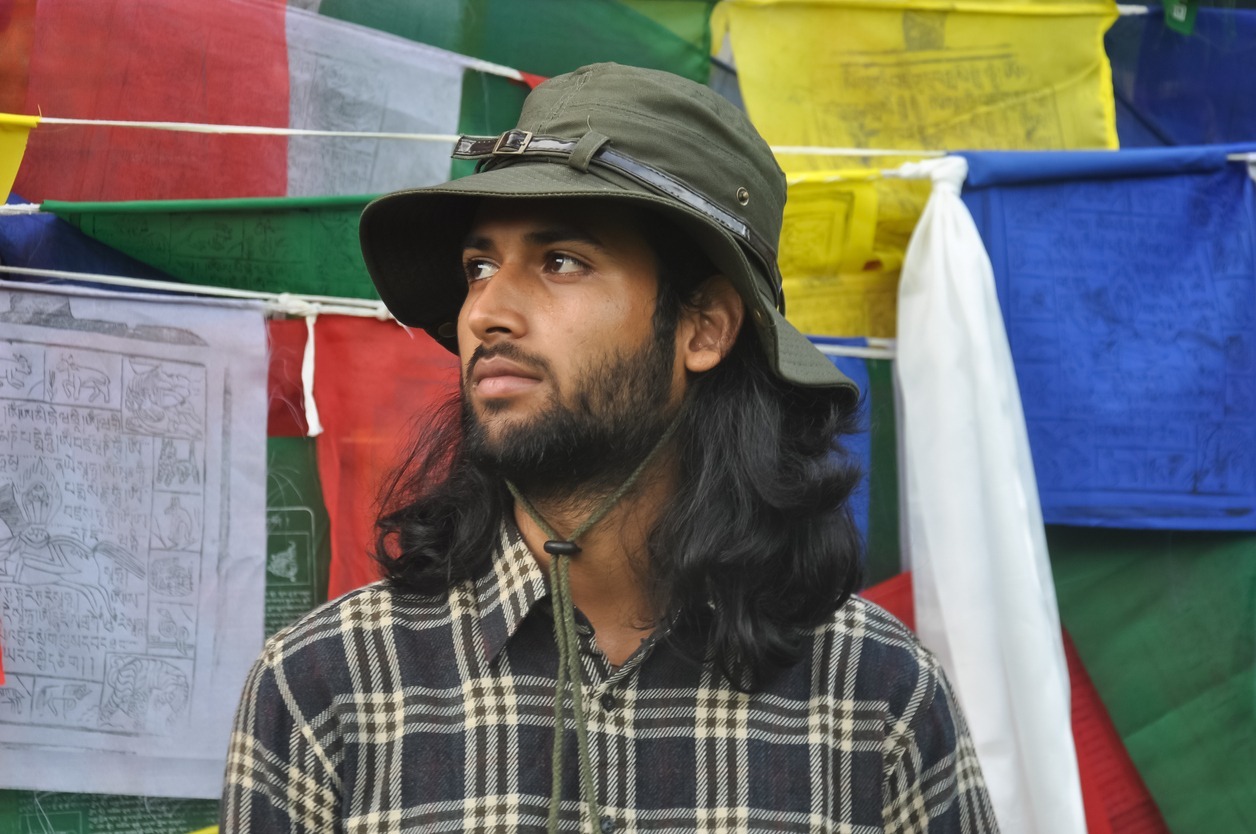An excellent hat will make the experience more enjoyable, whether escaping the harsh sun in the desert, avoiding downpours in the rainforest, or going on a weekend hike with your family. It reduces glare, keeps you cool, shields your neck and face from sunburn (check out these tips for treating a sunburn!), and keeps sweat out of your eyes. This is why, in the backcountry, you’ll rarely come across an outdoorsman or an experienced adventurer who doesn’t wear some headwear.
There are numerous headwear styles to choose from. The Boonie hat is among the most unique and popular types of outdoor-oriented hats, and it is what we’ll be centering on in this article. Continue reading to learn more about this type of hat.
What Is a Boonie Hat?
These military hats with broad brims were first seen in Vietnam. Due to comfort and ease of wear, these hats have been a fan favorite among soldiers since their introduction.
In Vietnam, boonies were a substitute for patrol caps, but high-ranking commanders disliked their crumpled, unkempt appearance. These military hats did not convey the proper military image that many officers expected from their troops.
Nonetheless, in the case of these military hats, function triumphed over form, resulting in a victory for the rank and file. Over the years, varieties of the Boonie hat were introduced to complement the Desert Camouflage Uniform (unofficially known as the “chocolate chip” desert uniforms). These were used during Desert Shield/Storm in the 1990s.
As the Army joined the Global War on Terror, the desert camouflage uniforms changed, as did the Boonie hats. The Army said farewell to the BDU. As the Army transitioned to the digital Army Combat Uniform phase, the Boonie hats were modified to match the futuristic and often derided digital ACUs.
Along with caps and uniforms, senior leaders have recognized that when the force speaks, it should be heard, and the Boonie hat has continued to stay a must-have on any soldier’s packing list. The Boonie has provided a comfortable, cool headgear for military personnel downrange in the arid, desert climates in which American forces have fought for several decades. Soldiers and leaders adore them, so they will likely be around for much longer.
The Boonie Hat’s History
View this post on Instagram
“Boonie” is an abbreviation for “boondocks,” defined as rough country packed with dense brush. Looking back even further, the term “boondocks” was coined by US military forces stationed in the Philippines at the start of the 1900s; these soldiers derived it from “bundók,” a Tagalog word that translates to “mountain.” This etymology demonstrates that even this hat’s name is strongly associated with harsh environments.
So, where did the idea for the Boonie hat come from? Like many other tools we use today, the Boonie hat was not invented in a vacuum by a single person; rather, it evolved organically over time. The overall shape was inspired by pre-existing hat styles, like the WWII-era “Daisy Mae.”
Because of its flexibility, simplicity, and durability, this hat style remained popular among troops. Members of the United States Special Forces can be seen wearing these hats matching their tigerstripe camouflage fatigues in the early days of the Vietnam War.
Local Vietnamese tailors infamously made these hats with fabric salvaged from other items instead of being officially issued. It was at this moment that the term “Boonie” was coined.
Because they were frequently custom-made, the features of the first Boonie hats varied. When not used, all hats had soft floppy brims, were made of muted solid-color or camouflage fabrics, and could be rolled up or crushed and shoved in a pocket. Some had snaps on the sides that allowed the brim to be turned up like with an Aussie slouch hat, while others had ventilation holes or eyelets.
The bar-tack-stitched fabric strip around the crown is one of the Boonie hat’s most distinguishing features. This creates a series of foliage loops, which you can fill with jungle vegetation to break the wearer’s silhouette. Foliage loops aren’t found on every Boonie hat, but they’ve become popular in modern designs.
Boonie Hats for the General Public
As the Boonie hat’s popularity grew in the military, it spread to law enforcement and civilians. Many fishermen, hunters, and hikers now wear Boonie hats.
Instead of matching camouflage patterns, the civilian-market boonies prefer solid colors. And while we do not need to supply the foliage loops with twigs and crawl through a brush, this band does provide a convenient storage spot for small items such as a chem light, fishing lures, sunglasses, paracord, or a Ferro rod.
How Do You Wear a Boonie Hat?
Wearing a Boonie hat is not the same as wearing a ball cap. It includes a retention string that you can use in various ways. Here are different ways to wear a Boonie hat to give you some ideas.
Try the Rear Strap Loose Technique
The retention string on the Boonie hat can also be left at the back, swinging to the back of the head. If a blast of wind comes from behind you, the hat will blow forward but not off your head. This style, however, can cause problems, such as annoyance when it starts getting under your collar.
Tie the Strap Behind Your Head
This will make the hat more resistant to wind and snags. However, you must ensure that it is adequate and comfortable.
Tie the Strap on Top
Some people prefer to wear Boonie hats without its strap. You can tie the strap atop the hat if you are one of them. This will bring it a cowboy appearance.
However, you are more likely to get sunburned on sunny days. It’s because the tied strap will pull the brim up at the sides. This is also not recommended on windy days because the wind will pull the Boonie hat off your head.
Wear the Strap on the Front
View this post on Instagram
The Boonie hat’s string can be worn loose in the front. When the wind blows in your face, the hat won’t blow away, even if the wind blows back. However, wearing it this way can cause a rear wind to blow the Boonie right off your head.
Snags are also a concern in the bush because the hat’s strap may choke you if you get caught on a tree. You can prevent this by tightening the strap.
Keep the Strings Tucked Under Your Hat
You can keep the strings under the hat if you don’t want to tie them on top of the hat. This is preferable if you don’t wish to use the strings but still want to protect your head from the sun. This could be a little uncomfortable with tight-fitting Boonie hats.


